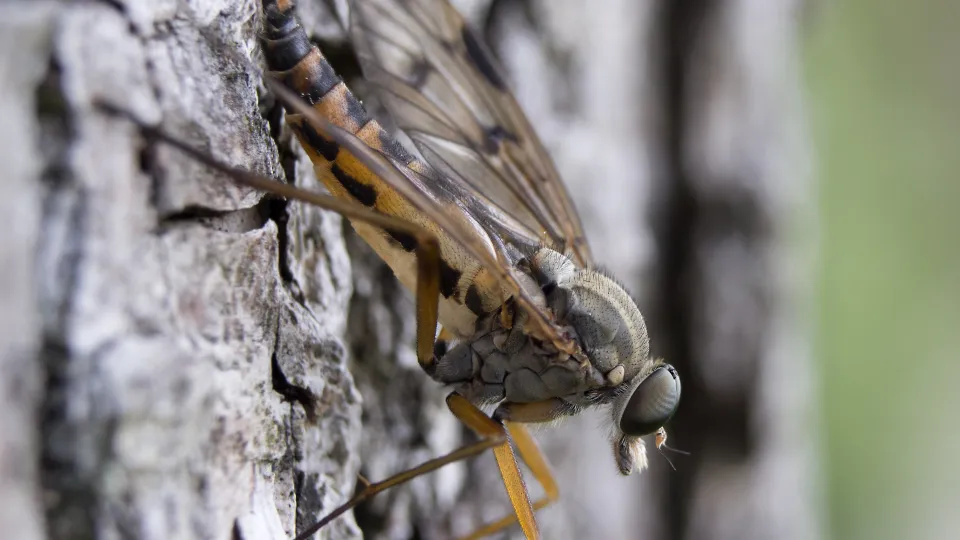
Downlooker snipefly
The Downlooker snipefly gets its name from its habit of sitting on posts or sunny trees with its head facing down to the ground, waiting for passing prey. It prefers grassland, scrub and woodland habitats.
A Taxa which are neither threatened nor near threatened.

The Downlooker snipefly gets its name from its habit of sitting on posts or sunny trees with its head facing down to the ground, waiting for passing prey. It prefers grassland, scrub and woodland habitats.
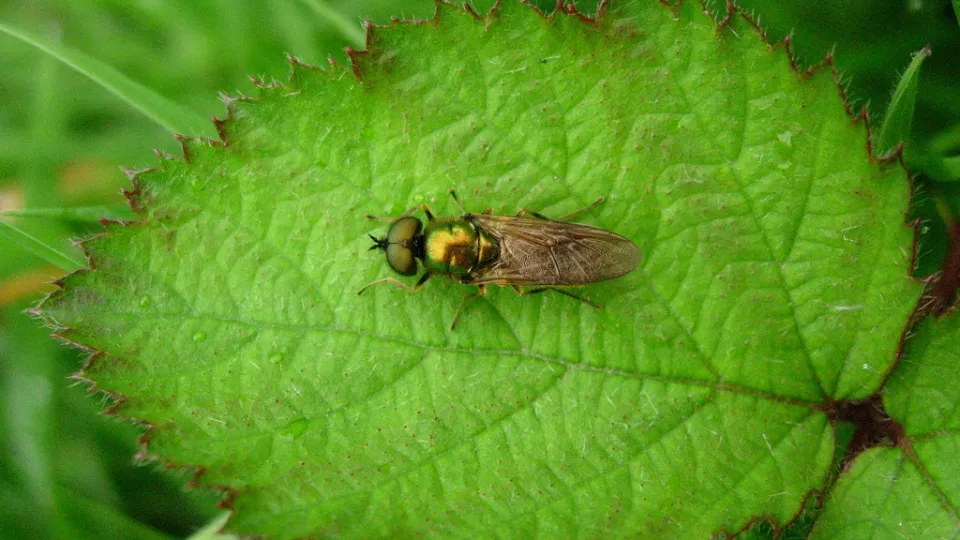
The Broad centurion, or 'Green soldier fly', is one of our most common soldier flies, and is often found in gardens. It has hairy eyes and a metallic blue or bronze body. It is an important pollinator.
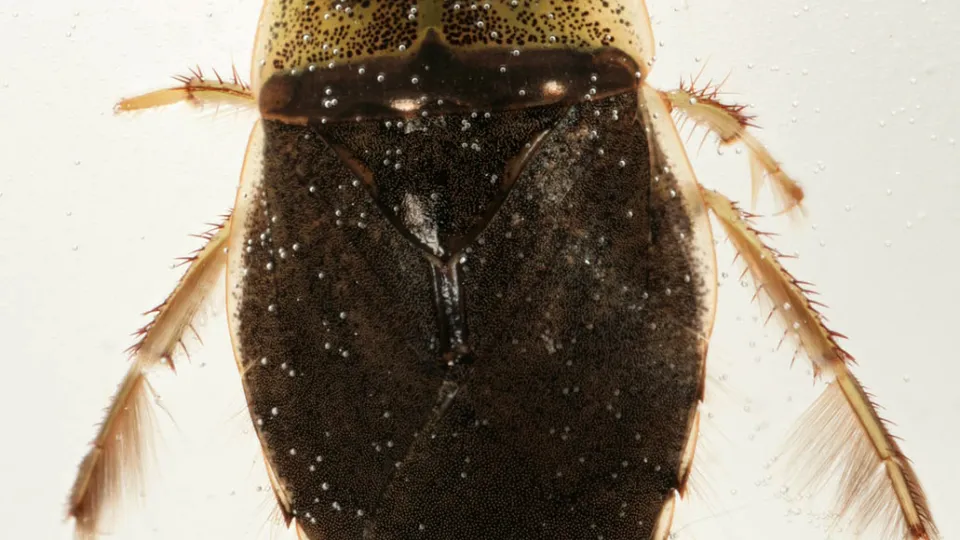
An underwater predator, the Saucer bug uses its front pincer-like legs to catch its prey. It can be found at the bottom of muddy, weedy ponds; but handle with care - it can inflict a painful bite!
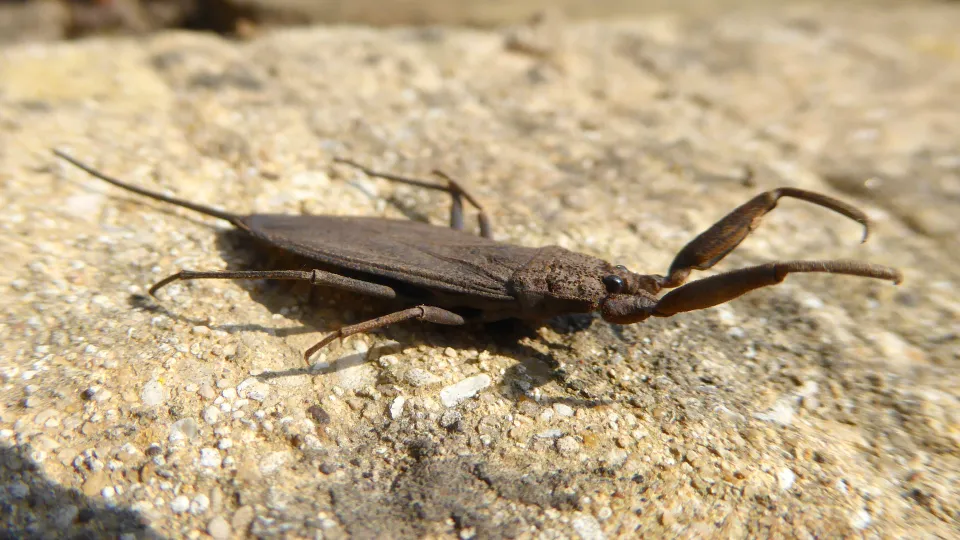
The water scorpion is not a true scorpion, but it certainly looks like one! An underwater predator, it uses its front pincer-like legs to catch its prey. Its tail actually acts as a kind of 'snorkel', rather than a sting, so it can breathe in the water.
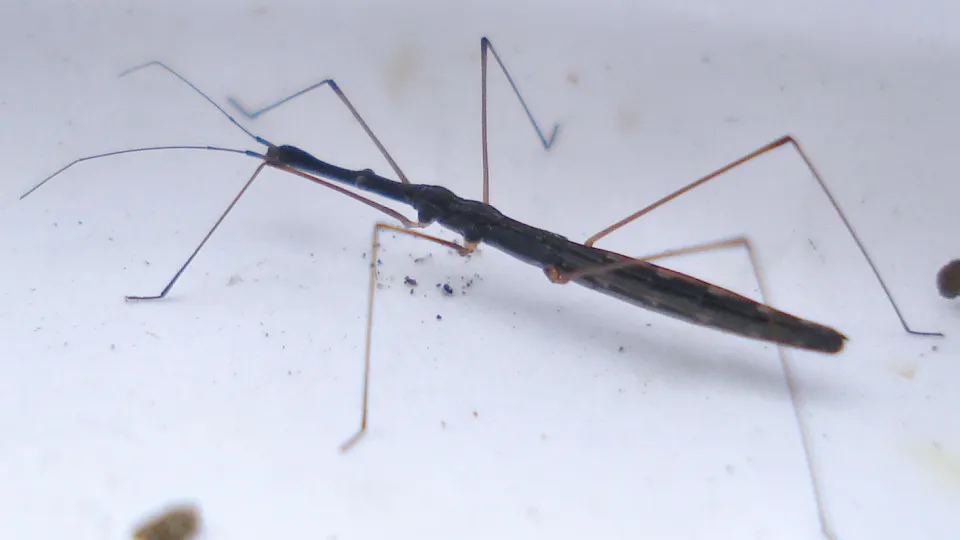
Found in ponds and marshes, the fragile look of the Common water-measurer belies its fierce nature. A predator of small insects, it uses the vibrations of the water's surface to locate its prey.
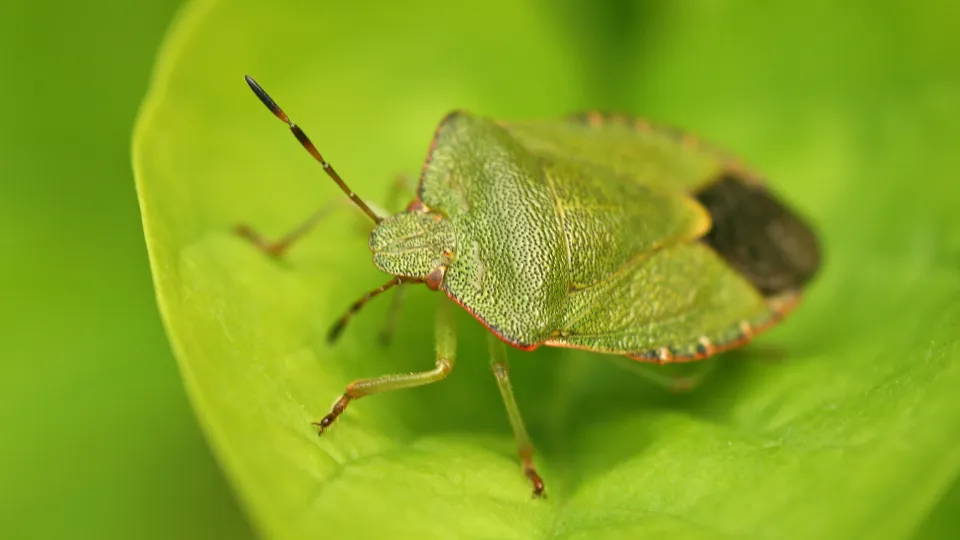
The common shieldbug was once restricted to Southern England, but has since been moving northwards and is now quite widespread. It can be found in all kinds of habitats from gardens to farms.
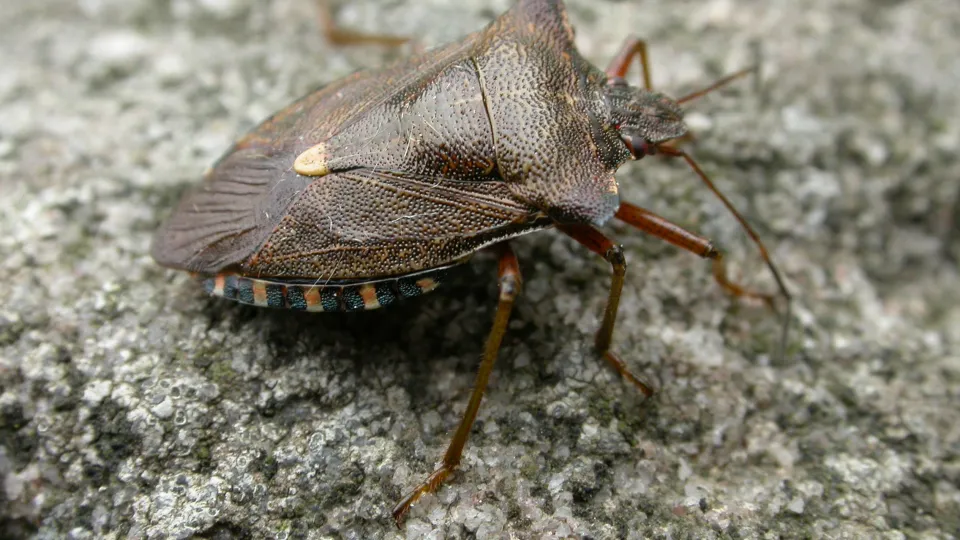
The shoulders of the Forest bug are distinctive - they are square-cut, almost rounded, unlike the other 'spiked' shield bugs. This bug can be found in woodlands, feeding on the sap of oak trees.
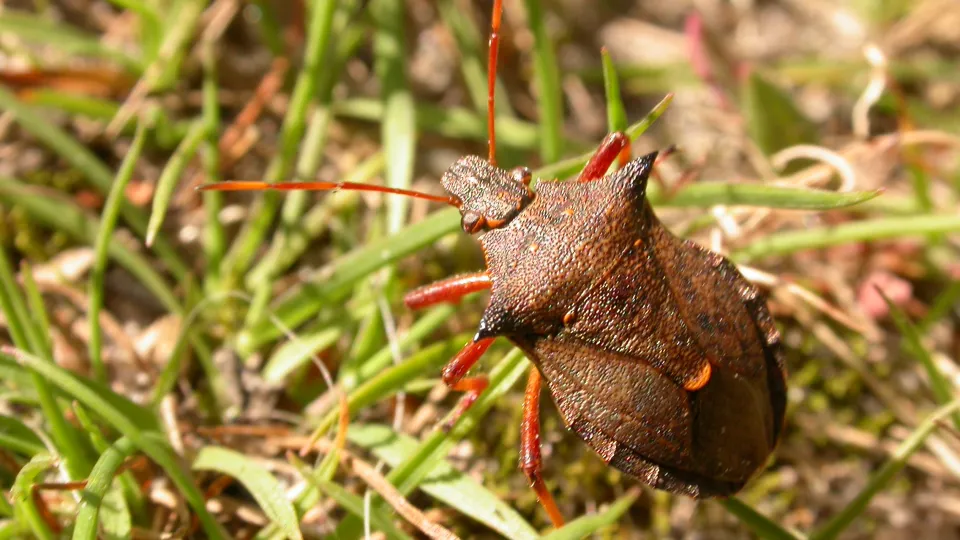
The spiked shieldbug has fearsome shoulder projections or 'spikes' and a predatory nature. This brown bug feeds on caterpillars and other insects in woodlands and on heathlands.
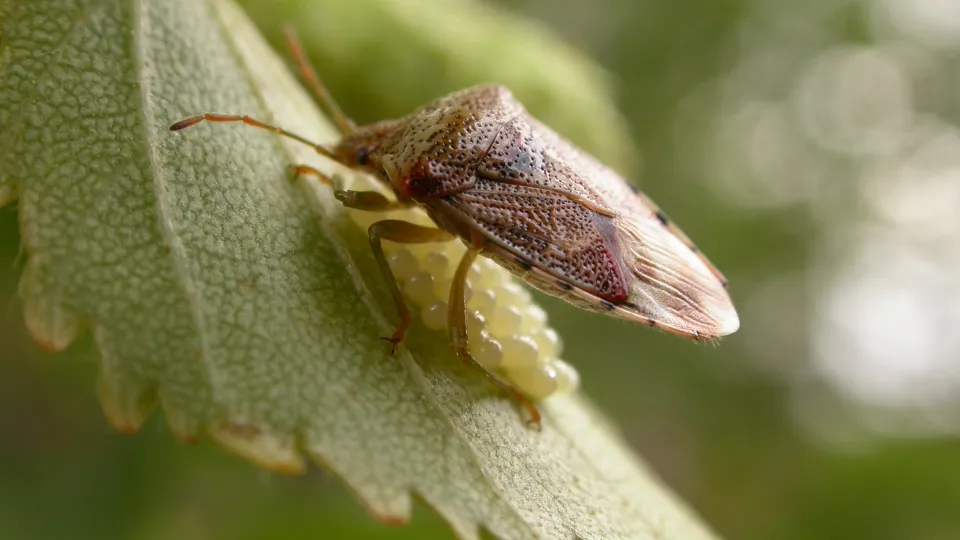
The Parent bug lives up to its name. The female lays her eggs on a Silver birch leaf, watching over them until they hatch. She stays with the young until they are adults. Other shield bugs lay their eggs and leave.
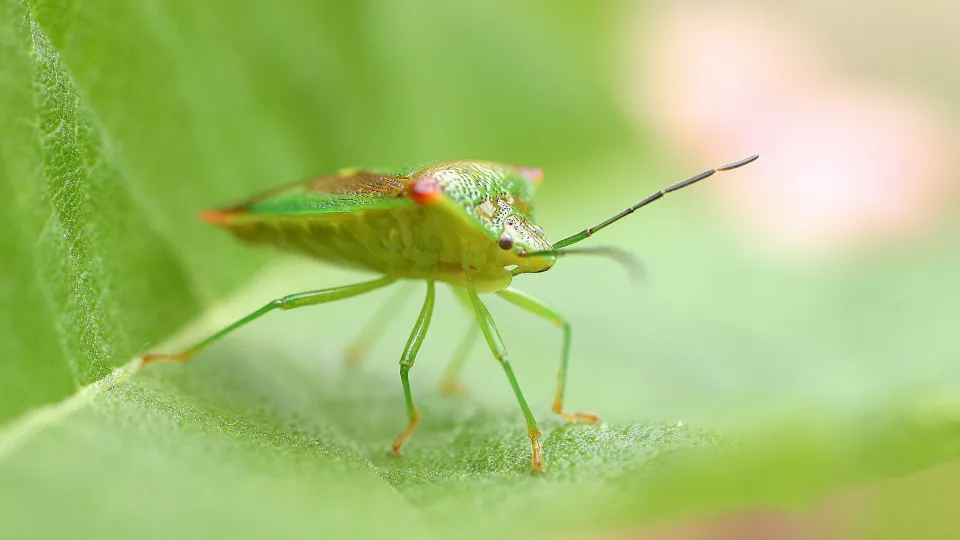
As its name suggests, the birch shieldbug can be found feeding on silver birch, and sometimes hazel, in mixed woodland. Adults hibernate over winter, emerging in spring to lay their eggs.